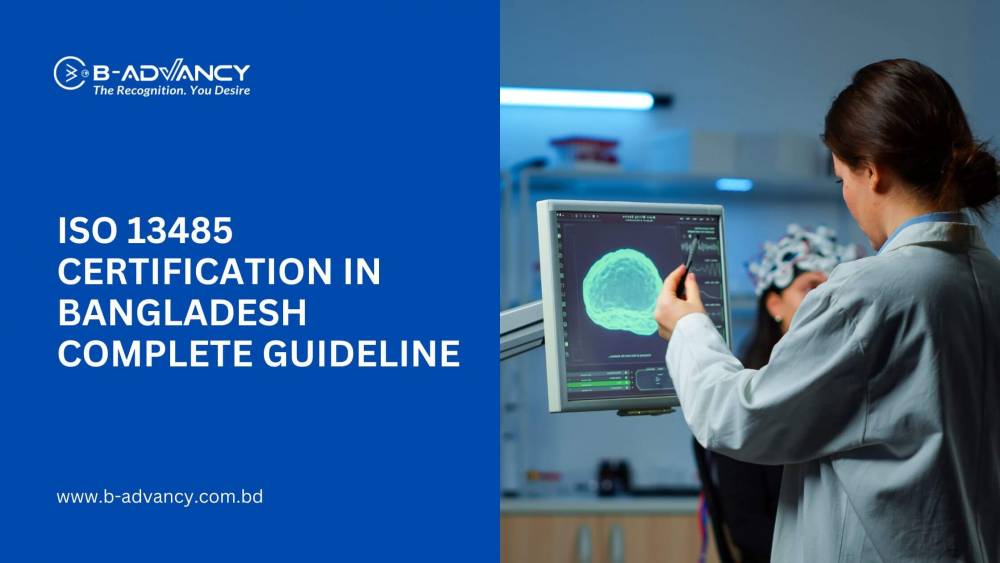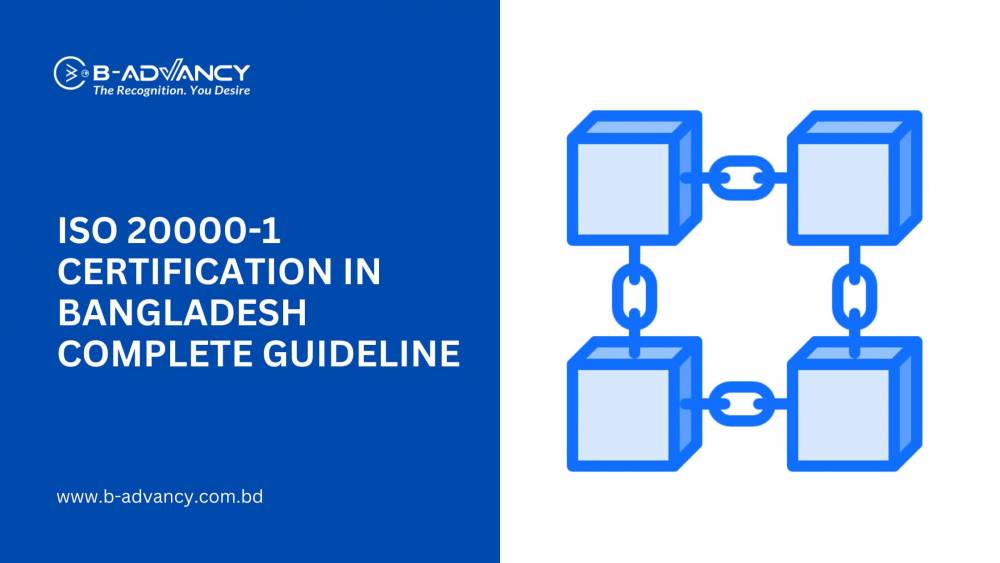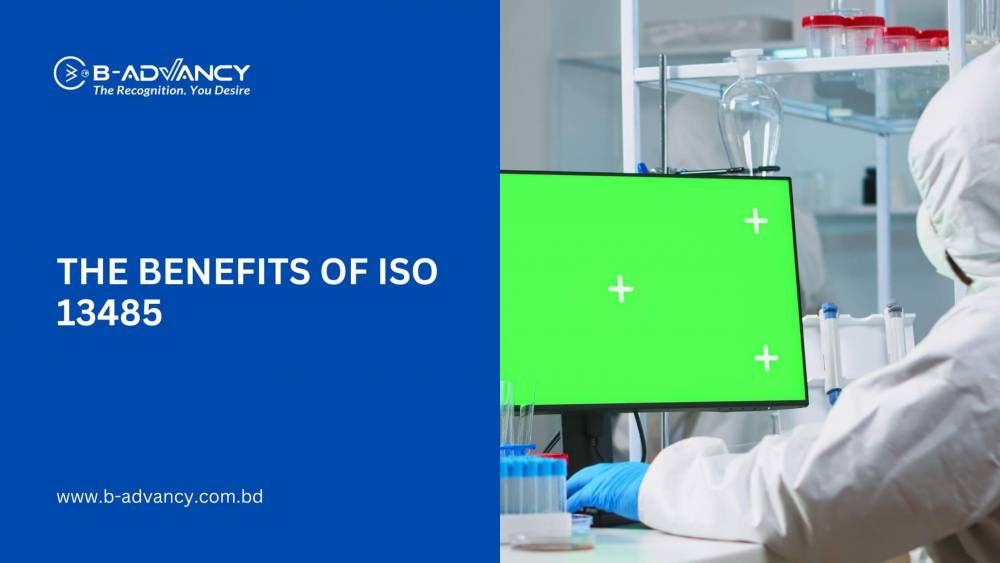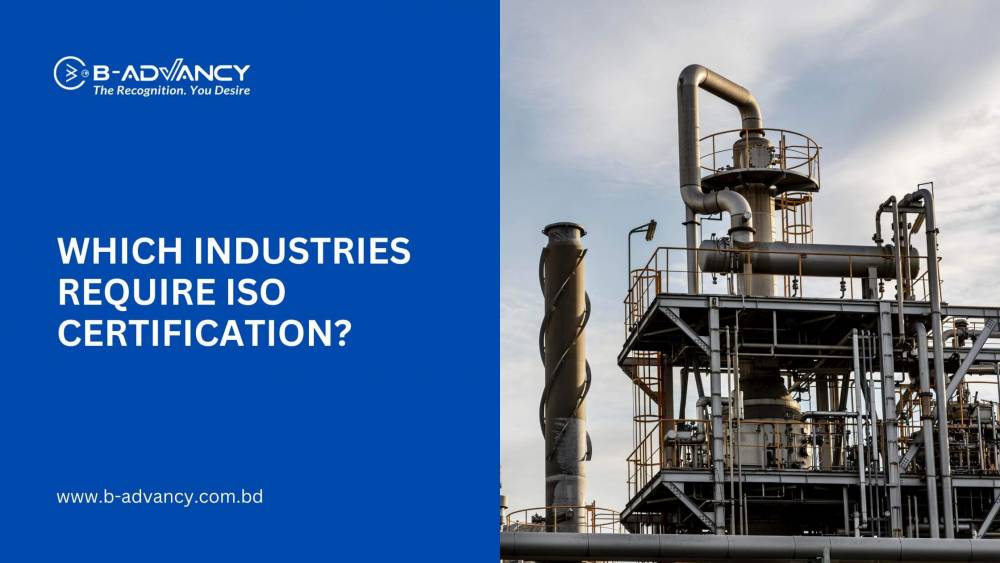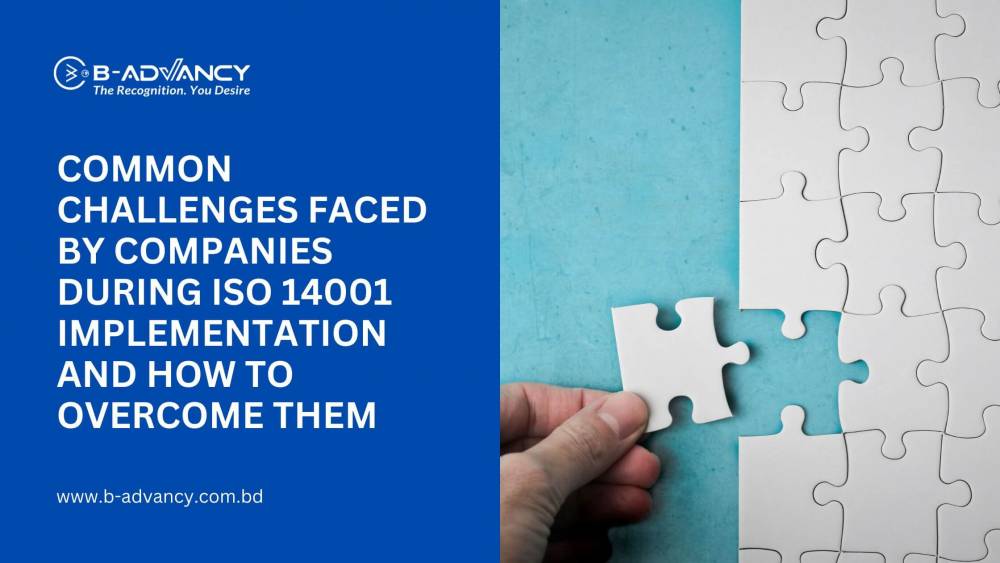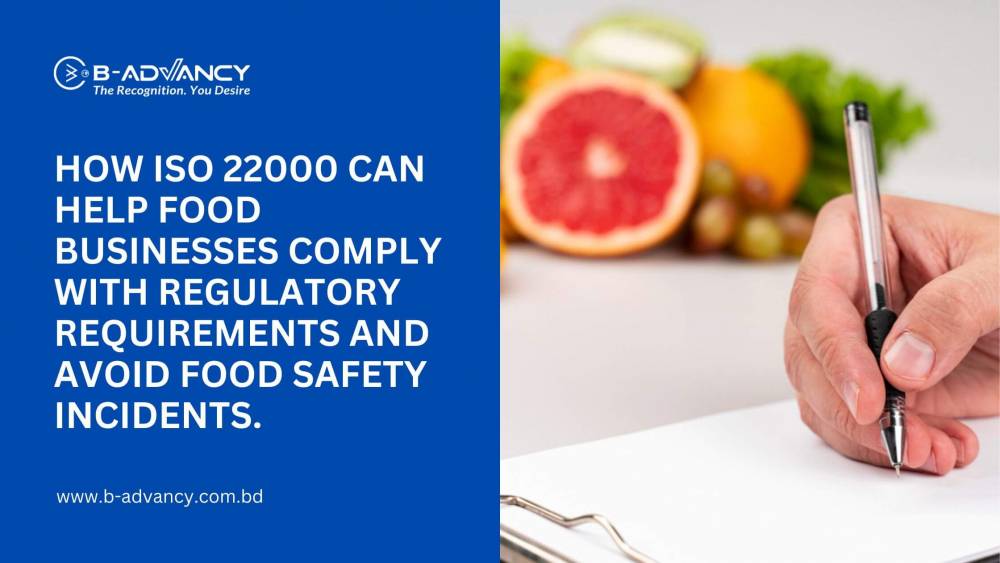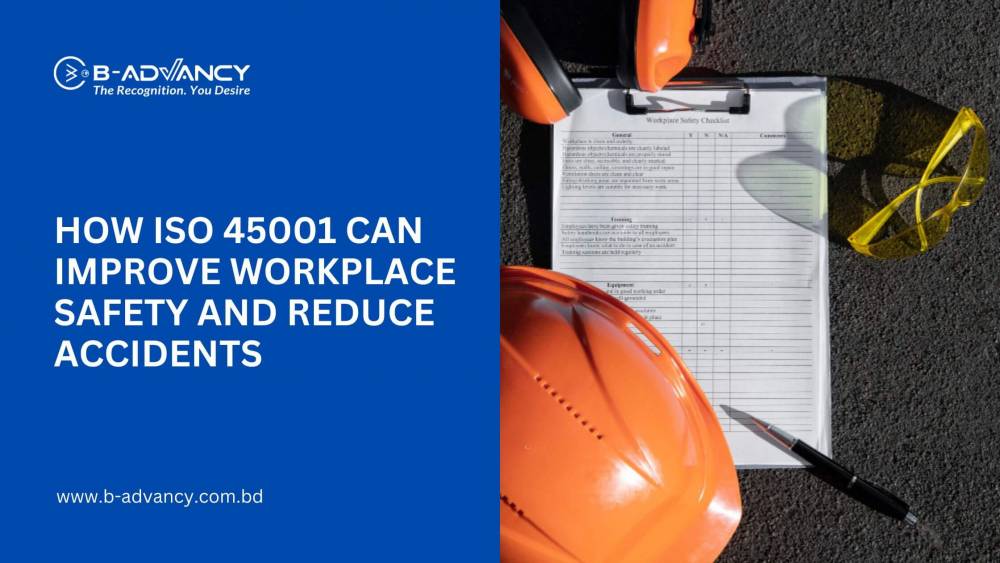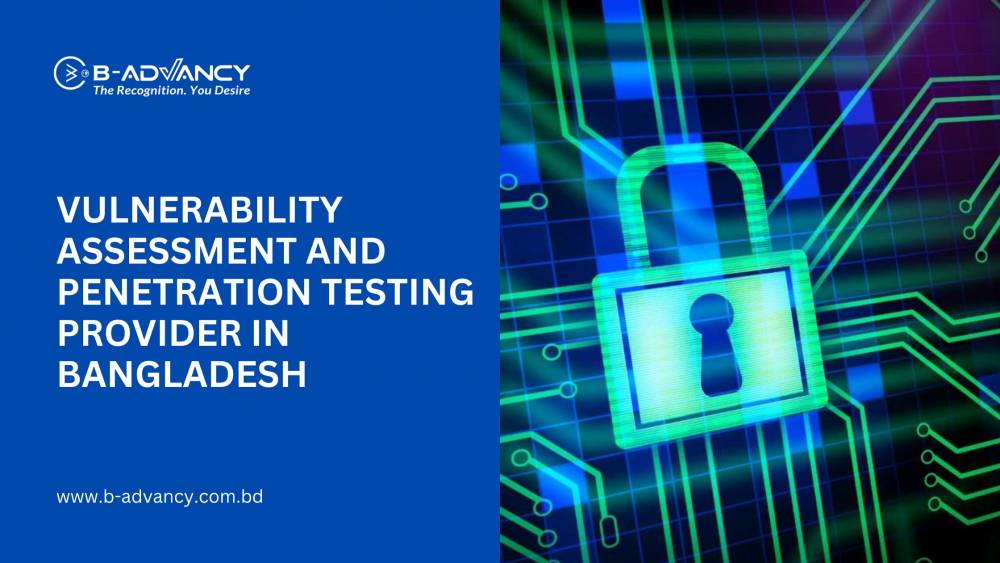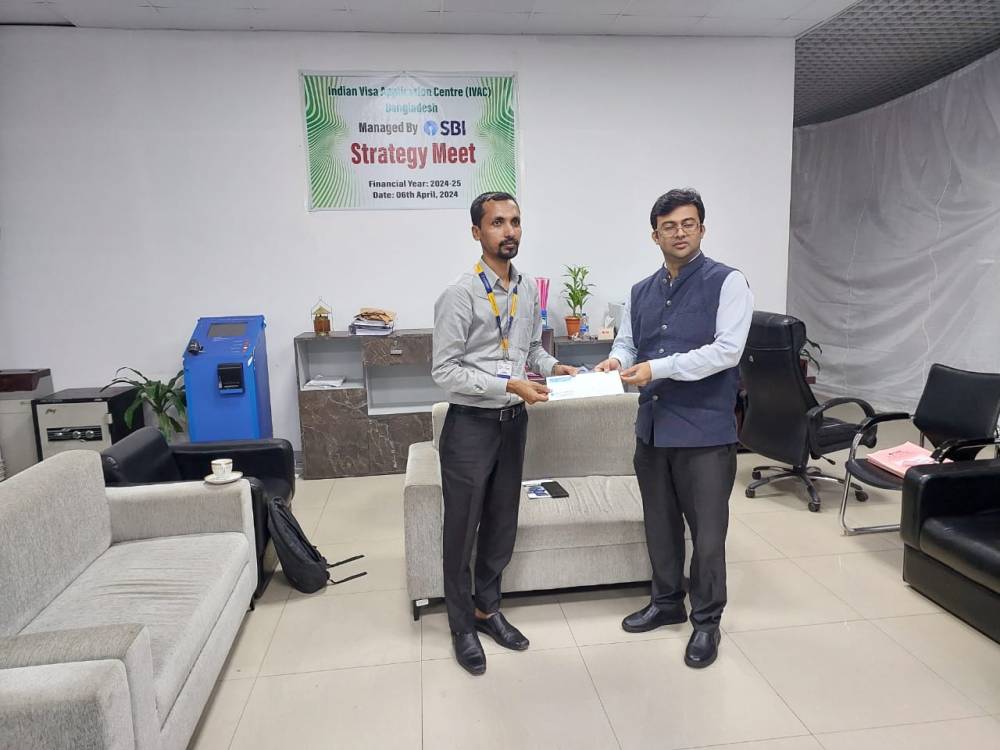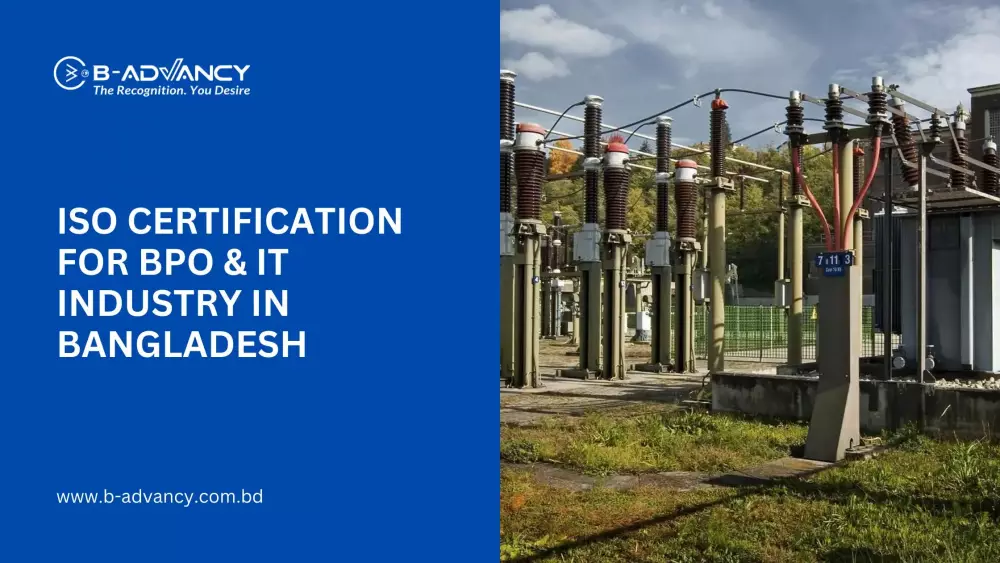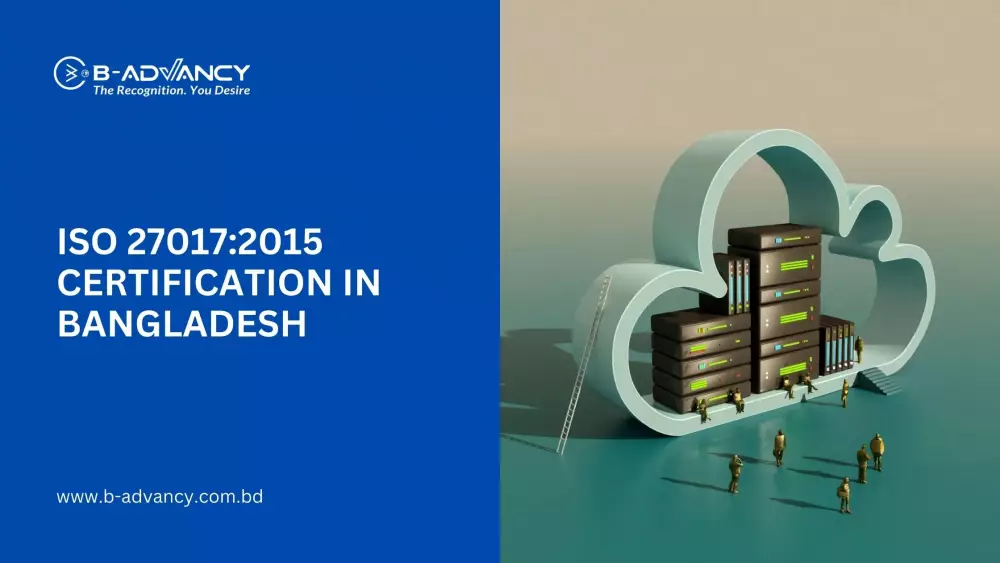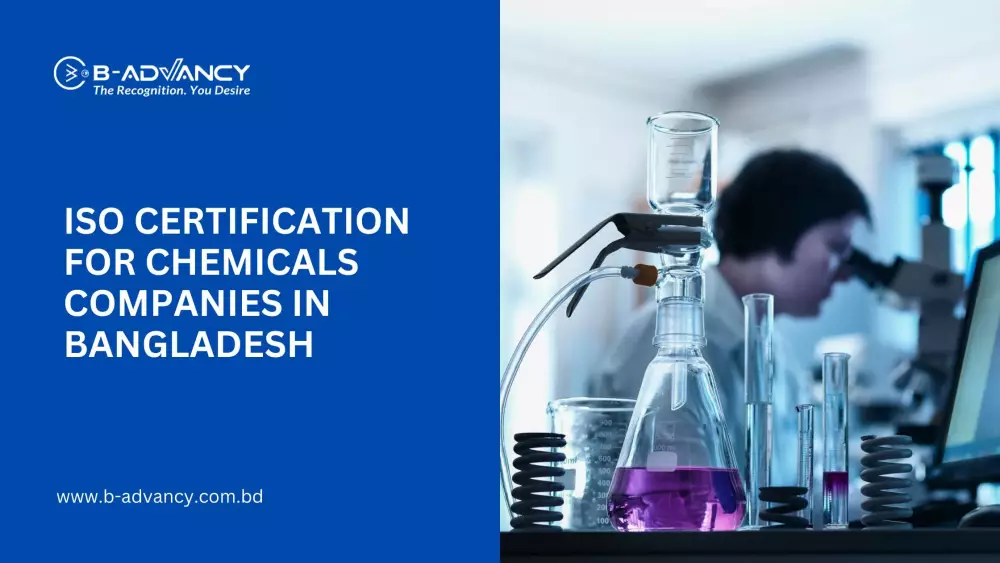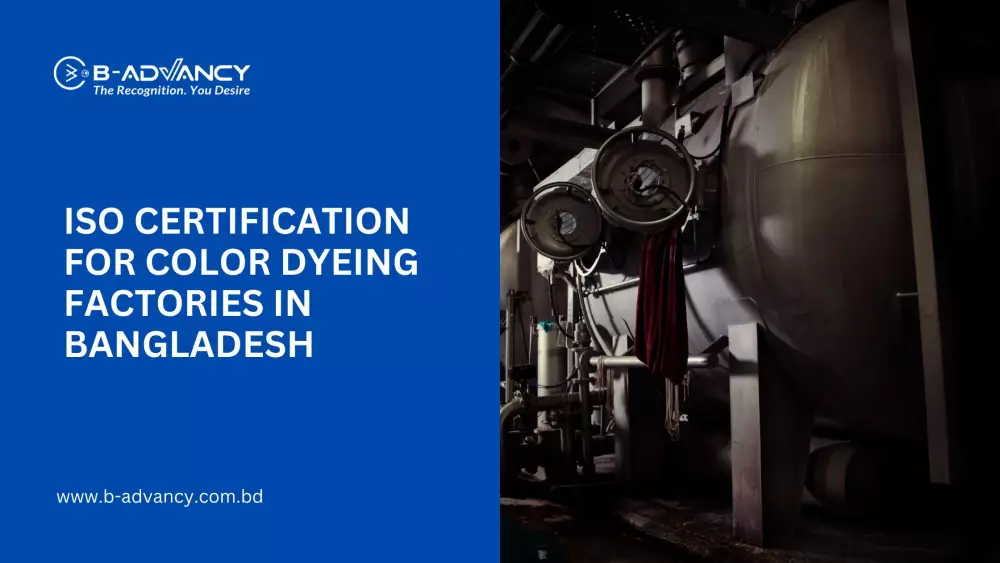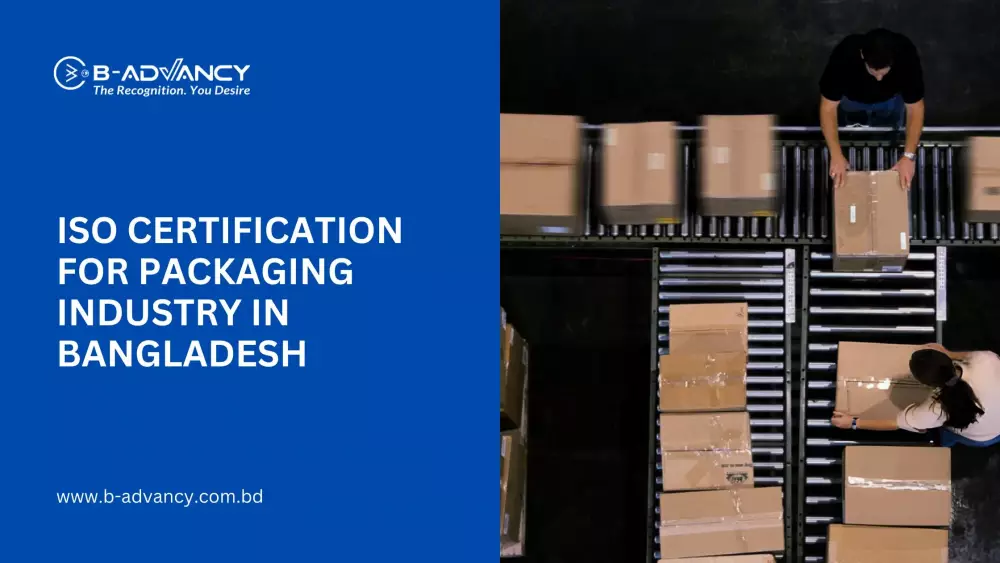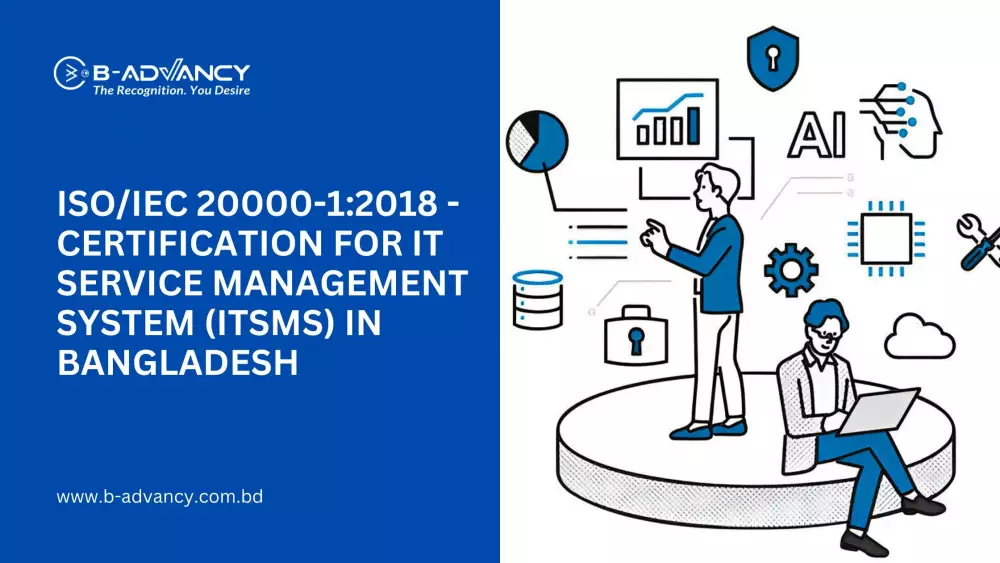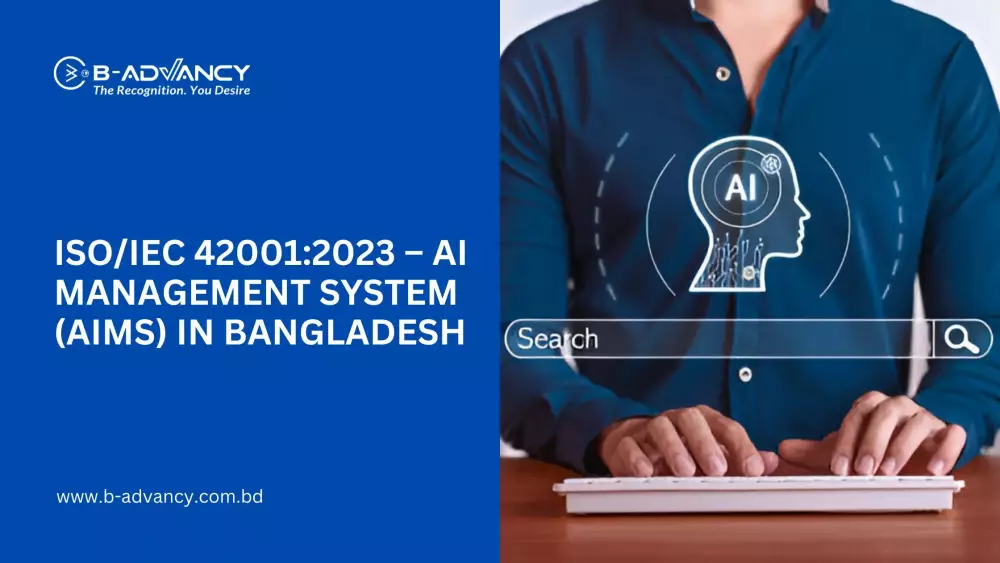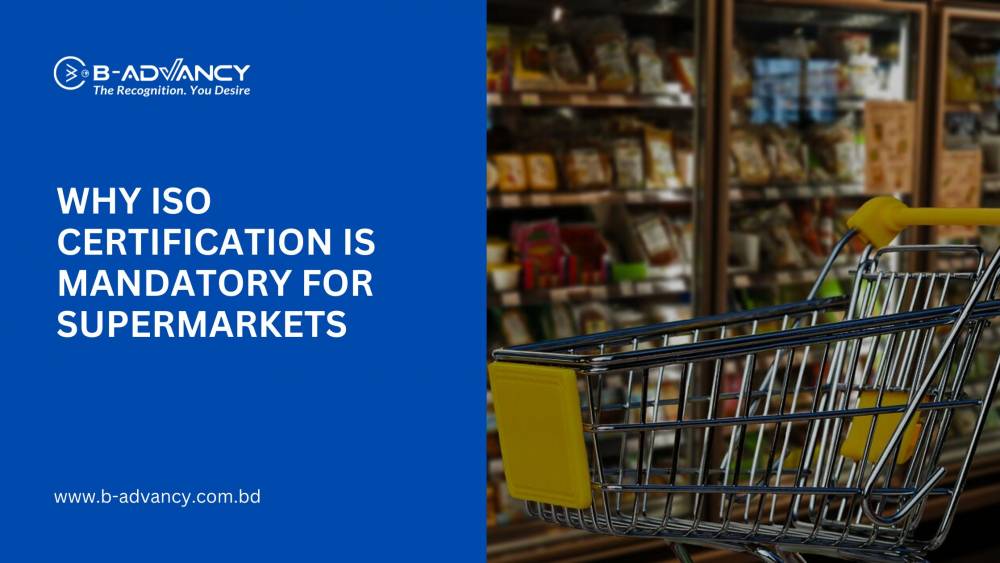Maintaining ISO 22000 certification is critical to ensuring food safety and consumer trust. This international standard is designed to ensure that food safety management systems are effective and continuously improved. In this blog, we will discuss the best practices for maintaining ISO 22000 certification and continually improving your food safety management system.
Understanding ISO 22000 Requirements
ISO 22000 outlines requirements for a food safety management system that focuses on food safety hazards and risks throughout the food supply chain. This includes all stages of the food production process, from raw materials to distribution.
To meet the requirements of ISO 22000, organizations need to establish and implement a food safety management system that includes policies, procedures, and processes to manage food safety hazards. The standard requires that organizations develop and maintain a Hazard Analysis and Critical Control Points (HACCP) plan, a system that identifies potential hazards and critical control points in the food production process.
Case Study:
A food manufacturer in the US had received multiple customer complaints regarding foreign objects found in their packaged products. Upon investigating, it was discovered that the foreign objects originated from a piece of machinery used in the production process. The company implemented an ISO 22000 compliant HACCP plan, which helped them identify and mitigate potential hazards in their production process. After the implementation, the company saw a significant decrease in customer complaints related to foreign objects in their products.
Maintaining ISO 22000 Certification
Maintaining ISO 22000 certification requires ongoing compliance with the standard's requirements. This involves regular internal audits to assess the effectiveness of the food safety management system and identify opportunities for improvement. Organizations must also undergo external audits by a certification body to maintain certification.
According to a survey conducted by the International Organization for Standardization (ISO), the primary reasons for ISO 22000 certification are customer requirements, regulatory compliance, and improvement of internal processes. The survey also revealed that companies that have implemented ISO 22000 have seen improvements in food safety, operational efficiency, and customer satisfaction.
Case Study:
A food processing company in Europe implemented ISO 22000 to meet regulatory requirements and improve their food safety management system. After implementing the standard, the company saw a 30% reduction in customer complaints related to food safety. Additionally, the company reported improved operational efficiency and a 25% increase in customer satisfaction.
Continual Improvement of the Food Safety Management System
Continuous improvement is a critical aspect of maintaining ISO 22000 certification. Organizations must regularly review their food safety management system to identify areas for improvement and implement changes to enhance the system's effectiveness.
To achieve this, organizations can use tools such as the Plan-Do-Check-Act (PDCA) cycle to continually improve their food safety management system. This involves planning for changes, implementing the changes, checking the results, and acting to make necessary adjustments.
Statistics:
According to a study conducted by the British Standards Institution, companies that use the PDCA cycle have a 25% higher success rate in achieving certification than those that do not use the cycle.
Training and Competence of Personnel
ISO 22000 requires that personnel are trained and competent in their roles related to food safety. This includes having a clear understanding of the food safety management system, the potential hazards and risks associated with food production, and the appropriate procedures and processes for managing those risks.
Providing regular training to employees on food safety and HACCP principles can help improve compliance with ISO 22000 and reduce the risk of food safety incidents.
Example:
A restaurant in Asia implemented ISO 22000 to improve their food safety management system. The restaurant provided regular training to its employees on HACCP principles, including how to identify potential hazards in food preparation and how to implement appropriate control measures. After implementing the training, the restaurant saw a significant reduction in customer complaints related to food safety.
Conclusion
In conclusion, maintaining ISO 22000 certification is essential to ensuring food safety and consumer trust. Organizations must understand the requirements of the standard, implement a food safety management system that includes a HACCP plan, and undergo regular internal and external audits to maintain certification. Continuous improvement through the use of tools like the PDCA cycle, regular employee training, and competency in food safety principles are also crucial aspects of maintaining ISO 22000 certification.
Real-world statistics, case studies, and examples demonstrate the effectiveness of implementing ISO 22000 and maintaining its certification. Organizations that have implemented ISO 22000 have seen improvements in food safety, operational efficiency, and customer satisfaction. The use of the PDCA cycle has been shown to increase the success rate of achieving certification, and regular employee training has resulted in a significant reduction in customer complaints related to food safety incidents.
By implementing these best practices and continually improving their food safety management system, organizations can maintain ISO 22000 certification and ensure the safety of their products throughout the food supply chain.













